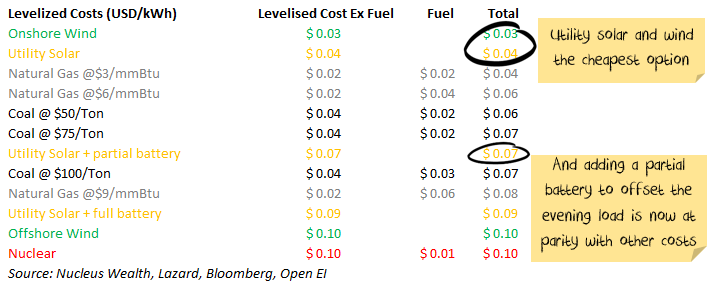Talk about taking a punt:
A “coal-to-nuclear transition” in the regions and tapping Australia’s world-leading uranium stocks are firming as centrepieces of the Coalition’s 2025 energy policy to secure long-term baseload power, slash emissions and lower electricity bills.
Key election battlegrounds and coalmining regions in the NSW Hunter Valley and central and north Queensland, which are vulnerable to the rapid shift away from coal to renewables, are expected to be leading candidates for the future development of small modular reactors.
The problem is the reactors don’t exist.
A new class of nuclear fission reactors called small modular reactors (SMRs) are being studied around the world. These reactors would be more compact than traditional nuclear power plants and could be assembled in a factory before being transported, commissioned, and put into operation elsewhere.
Power production from SMRs can range from very small up to 1000 MWh.
Two SMR prototypes are running in Russia and China, and that is all so far. U.S. Nuclear Regulatory Commission approved its prototype earlier this year.
For the concept to be economical, the production of SMR units will need to be in the 100s.
Until then, the cost of nuclear is prohibitive:

Not to mention the cost of installing them far from the populous Hunter Valley.

